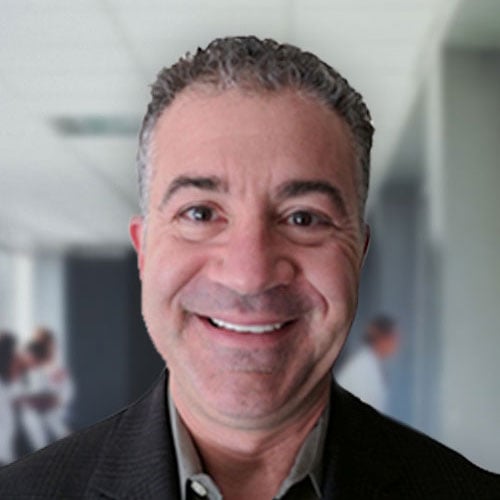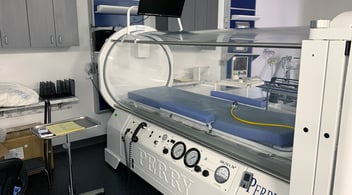How Hyperbaric Oxygen Therapy Can Support Scleroderma Patients

THIS ARTICLE AT A GLANCE:
Hyperbaric oxygen therapy (HBOT) may offer relief to patients suffering with Scleroderma by boosting oxygen delivery, reducing inflammation, decreasing fibrosis, and encouraging new blood vessels.
What Is Hyperbaric Oxygen Therapy?
How Can HBOT Help Scleroderma Patients?
Boosting Oxygen Delivery:
HBOT can significantly increase the amount of oxygen in the blood. For scleroderma patients, this means better oxygen delivery to tissues, which can help heal skin ulcers and other areas suffering from poor blood flow.
Reducing Inflammation:
Scleroderma involves a lot of inflammation. HBOT can help by reducing the levels of inflammatory substances in the body, potentially easing some of the symptoms.
Decreasing Fibrosis:
One of the hallmarks of scleroderma is excessive scarring or fibrosis. HBOT might help reduce this scarring by altering the behavior of cells that produce collagen, the main component of scar tissue.
Encouraging New Blood Vessels:
HBOT can stimulate the growth of new blood vessels, improving circulation in areas affected by scleroderma. This can be particularly helpful in healing chronic wounds and improving overall tissue health.
When Is HBOT Recommended for Scleroderma Patients?
Hyperbaric oxygen therapy (HBOT) is recommended for scleroderma patients in several specific situations:
Healing Ulcers:
Fighting Soft Tissue Infections:
Easing Raynaud’s Phenomenon:
What Does the Science Say?
- Ischemic Scleroderma Wounds Successfully Treated with Hyperbaric Oxygen Therapy
- Hyperbaric oxygen improves wound healing in normal and ischemic skin tissue.
- Dose-dependent hyperbaric oxygen stimulation of human fibroblast proliferation
- Bone healing of tibial lengthening is enhanced by hyperbaric oxygen therapy: a study of bone mineral density and torsional strength on rabbits.
Final Thoughts

Written by Alan Katz, MD, FUHM, FACEP, FAAEM
Dr. Alan Katz, National Medical Director of Hyperbaric Medical Solutions (HMS), is double board certified in Emergency Medicine and Hyperbaric Medicine. He directs clinical operations, as well as education and research initiatives for HMS, particularly in exploring the use of hyperbaric oxygen therapy....
Read More


